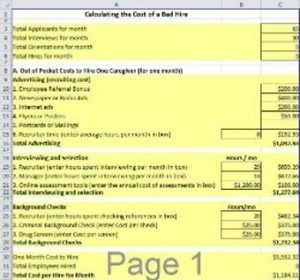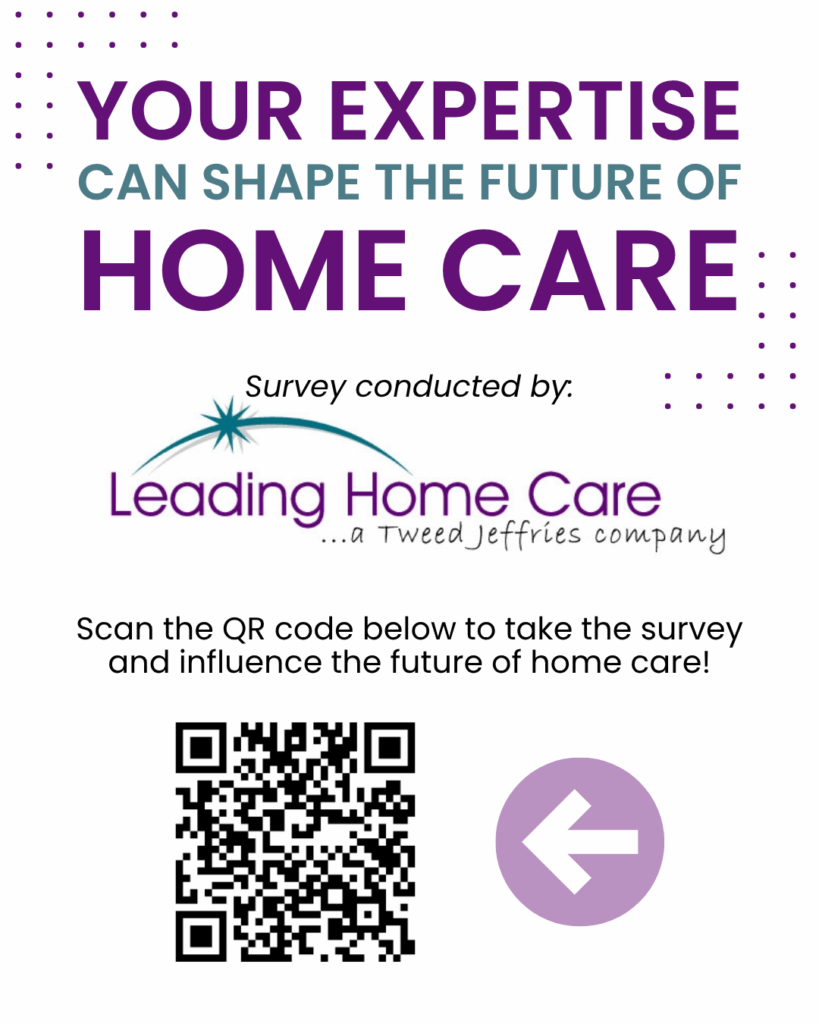By Stephen Tweed
Two weeks ago I was in London England. Elizabeth and I were celebrating our 25th Wedding Anniversary with a “bucket list” trip. While in London, we had dinner with Neil Eastwood, founder and CEO of Sticky People, a consulting firm that helps home care companies in the UK with caregiver recruiting and selection. Neil was talking about some of his research about the turnover rates of new caregivers who are recruited from various sources.
He had a great example about the percent of new hires who are still with the agency after twelve months. He showed that the percentage of new hires from internet job boards is significantly lower after one year than the percentage of new hires from employee referrals. That led us to a conversation about the cost of making a bad hire who leaves the company within a year. Our data show that the biggest turnover of new hires happens within the first 90 days.
What does it cost when someone leaves?
Data from the 2017 Home Care Benchmarking Study from Home Care Pulse show that the median caregiver acquisition cost ranges from $267.17 at MyCNAjobs.com to $512.52 from employee referrals. However, you can’t take just the acquisition cost. What is the total cost when someone leaves.
To answer that question, several years ago we created the “Bad Hire Calculator”. This is an excel spreadsheet that allows you to put in your own cost data. Then it adds up the totals and shows you exactly what it costs when a caregiver leaves. Using the Bad Hire Calculator and actual cost figures from a median sized home care agency in the mid-west, we found that it costs around $1,575.00 per bad hire.
In 2016, the turnover rate in our industry was 65.7%. If you have an agency that is a little larger than the industry median, and you have 100 caregivers, the cost of turnover could be in the range of $104,000.
What Could You do with $104,000?
What could you do for your caregiver recruiting and retention process with $104,000? A lot!
When you sit down and do the math, you can see clearly how much you have to spend on doing a better job of recruiting, selection, on-boarding, and retention. It starts with recruiting. Our data show that not all recruiting sources are created equal when it comes to the quality of applicants. The highest quality applicants come from face to face recruiting at four-year schools of nursing, and from employee referral programs.
Our data show that agencies that do a better job of selection have lower turnover. Being more selective, using pre-employment psychometric assessments, doing better behavioral interviewing, and checking personal references leads to better hires.
Your on-boarding process makes a huge difference in how long employees stay with you. That day or half-day of new orientation sets the stage for the rest of that person’s term of employement.
And, having a clear strategy for retention that is executed with excellence pays for itself almost immediately.
Download the Bad Hire Calculator. 
If you want to know specifically how much a bad hire costs you, download the calculator. Put in your own cost figures and run the results.
Once you know what is costs for turnover, then you can focus on tracking the results of your recruiting and retention efforts with the Caregiver Staffing Scorecard.
If you have been reading our newsletter for any length of time, you know our mantra: “What gets measured gets managed, what gets rewarded gets repeated.”
Improve your caregiver recruiting and retention. Find out how much it costs to make a bad hire. Then begin tracking your staffing results. These two steps will pay big dividends on your top line and your bottom line.
These two tools, and numerous other home care “e-Tools” are available in the Store at the Home Care CEO Forum.



